
Using the normal mode allows a further detailed setup.??A few of the?main functions of the LECP6 controller are actuator control, specified force operation, separated power supply, and returning the actuator to the home position by sending a single signal to a dedicated terminal. The LECP6 controls NPN or PNP step motors.Motor controller: Step motor (servo/24 VDC), Servo motor (24 VDC)?
Using the normal mode allows a further detailed setup.??A few of the?main functions of the LECP6 controller are actuator control, specified force operation, separated power supply, and returning the actuator to the home position by sending a single signal to a dedicated terminal. The LECP6 controls NPN or PNP step motors.Motor controller: Step motor (servo/24 VDC), Servo motor (24 VDC)?
Using the normal mode allows a further detailed setup.??A few of the?main functions of the LECP6 controller are actuator control, specified force operation, separated power supply, and returning the actuator to the home position by sending a single signal to a dedicated terminal. The LECP6 controls NPN or PNP step motors.Motor controller: Step motor (servo/24 VDC), Servo motor (24 VDC)?
Using the normal mode allows a further detailed setup.??A few of the?main functions of the LECP6 controller are actuator control, specified force operation, separated power supply, and returning the actuator to the home position by sending a single signal to a dedicated terminal. The LECP6 controls NPN or PNP step motors.Motor controller: Step motor (servo/24 VDC), Servo motor (24 VDC)?
Using the normal mode allows a further detailed setup.??A few of the?main functions of the LECP6 controller are actuator control, specified force operation, separated power supply, and returning the actuator to the home position by sending a single signal to a dedicated terminal. The LECP6 controls NPN or PNP step motors.Motor controller: Step motor (servo/24 VDC), Servo motor (24 VDC)?
Using the normal mode allows a further detailed setup.??A few of the?main functions of the LECP6 controller are actuator control, specified force operation, separated power supply, and returning the actuator to the home position by sending a single signal to a dedicated terminal. The LECP6 controls NPN or PNP step motors.Motor controller: Step motor (servo/24 VDC), Servo motor (24 VDC)?
Using the normal mode allows a further detailed setup.??A few of the?main functions of the LECP6 controller are actuator control, specified force operation, separated power supply, and returning the actuator to the home position by sending a single signal to a dedicated terminal. The LECP6 controls NPN or PNP step motors.Motor controller: Step motor (servo/24 VDC), Servo motor (24 VDC)?
g 290 g 100 g 1 0.927= 20L/min 3 420 (1 atm)65R.H. 0 (1 atm) 4 mm PVC 1.14 mm AWG23 0.72 mm -36No.PF-OMO0007CN () a(L/min) b(L/min) PF2A710 A 1 10 PF2A750 B 5 50 PF2A711 C 10 100 PF2A721 D 20 200 PF2A751 E 50 500 -37No.PF-OMO0007CN PF2A710/750 PF2A711/721/751 -38No.PF-OMO0007CN ()ZS-37-A (L )ZS-37-B ZS-29-T -39No.PF-OMO0007CN NPN(1 ) + (15 V) NPN(1 ) + (420 mA) PNP(1 ) + (
Using the normal mode allows a further detailed setup.??A few of the?main functions of the LECP6 controller are actuator control, specified force operation, separated power supply, and returning the actuator to the home position by sending a single signal to a dedicated terminal. The LECP6 controls NPN or PNP step motors.Motor controller: Step motor (servo/24 VDC), Servo motor (24 VDC)?
Using the normal mode allows a further detailed setup.??A few of the?main functions of the LECP6 controller are actuator control, specified force operation, separated power supply, and returning the actuator to the home position by sending a single signal to a dedicated terminal. The LECP6 controls NPN or PNP step motors.Motor controller: Step motor (servo/24 VDC), Servo motor (24 VDC)?
Improved corrosion resistance with the adoption of a stainless steel, plate type, heat exchanger.
None, Made-to-order specification (cushion valve position): N/A, Made-to-order specification (trunnion bracket mounting location): N/A, Stroke adjustment symbol: B
The MY1H-A*Z Rodless Cylinders have a one-piece carriage and piston that runs its entire stroke length housed with an inner seal belt to maintain air pressure with an enhanced magnetic dust seal band to protect from contaminants. This design offers a compact footprint compared to rod-style cylinders and features a low profile. The integrated linear guide improves positioning accuracy.
LEG is a rod actuator featuring a guide body with two guide rods and a front tool plate. This is the electric version of our well-known MGP pneumatic guided actuator. Guide rod diameters and bushings are larger than those available in the LEYG, offering improved rigidity.
LEG is a rod actuator featuring a guide body with two guide rods and a front tool plate. This is the electric version of our well-known MGP pneumatic guided actuator. Guide rod diameters and bushings are larger than those available in the LEYG, offering improved rigidity.
Two outputs are available, including two switch signals, or a switch and analog signal. Options include a mounting bracket and M8 lead wire. This version does not offer a flow adjustment valve or temperature sensor. PF3W is grease-free, IP65 rated, and C-UL-US, CE and RoHS compliant.
LEG is a rod actuator featuring a guide body with two guide rods and a front tool plate. This is the electric version of our well-known MGP pneumatic guided actuator. Guide rod diameters and bushings are larger than those available in the LEYG, offering improved rigidity.
The MY1H-A*Z Rodless Cylinders have a one-piece carriage and piston that runs its entire stroke length housed with an inner seal belt to maintain air pressure with an enhanced magnetic dust seal band to protect from contaminants. This design offers a compact footprint compared to rod-style cylinders and features a low profile. The integrated linear guide improves positioning accuracy.
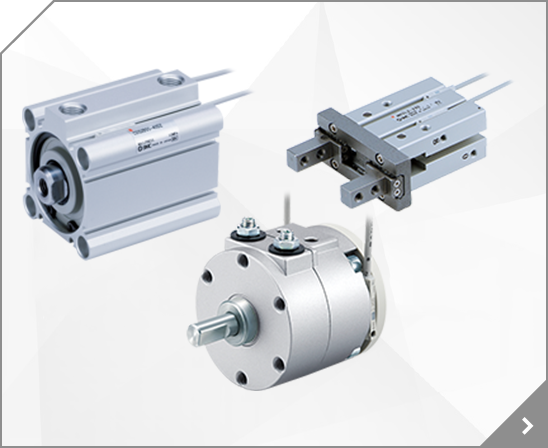
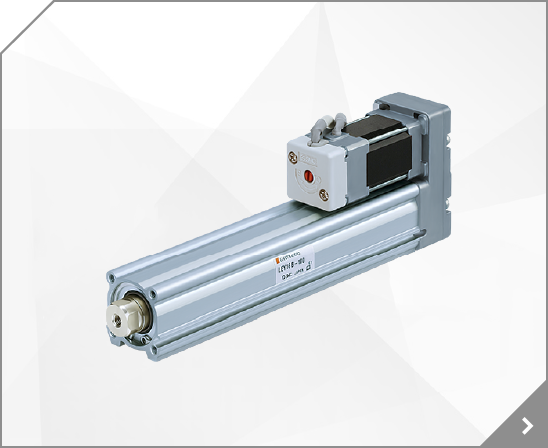
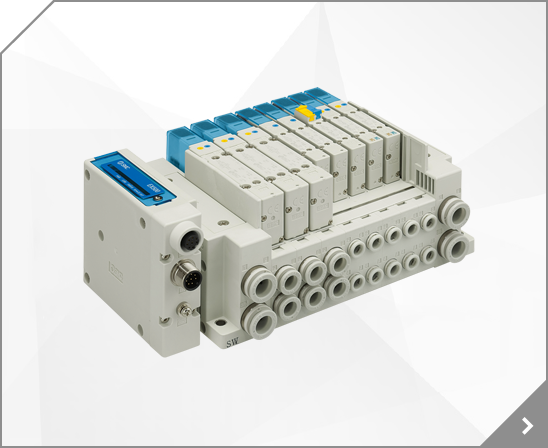
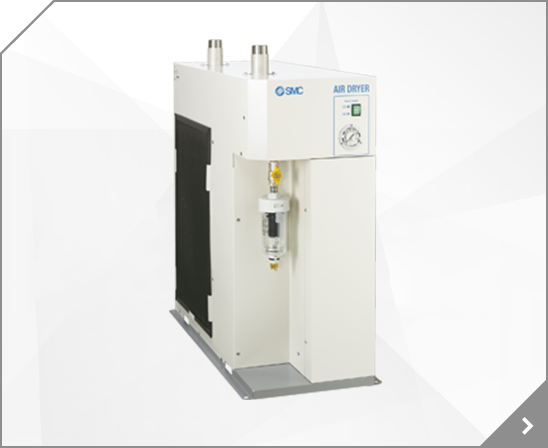
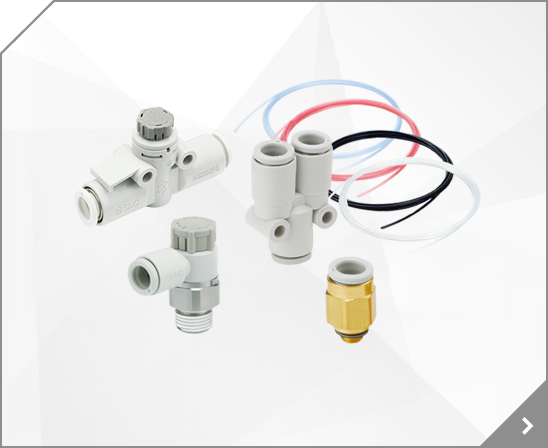
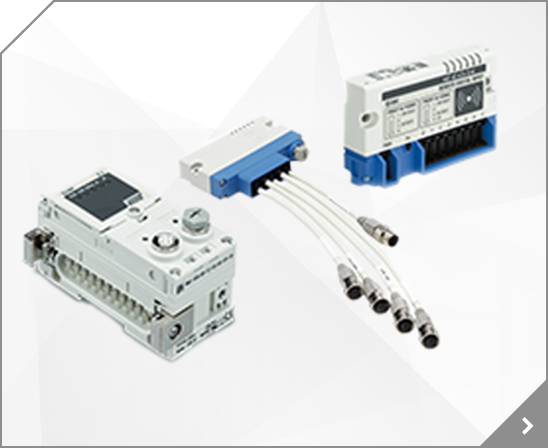
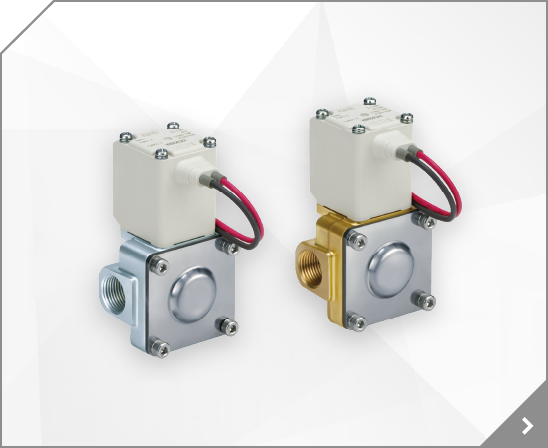
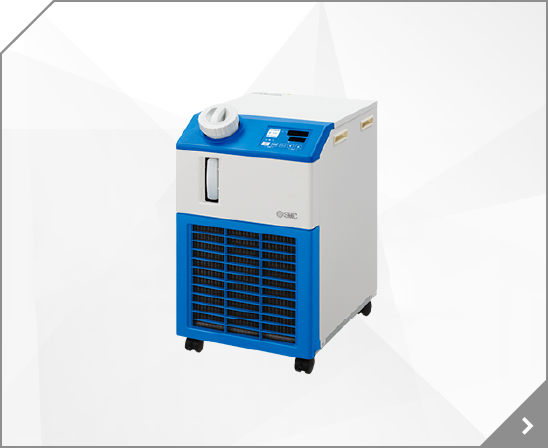
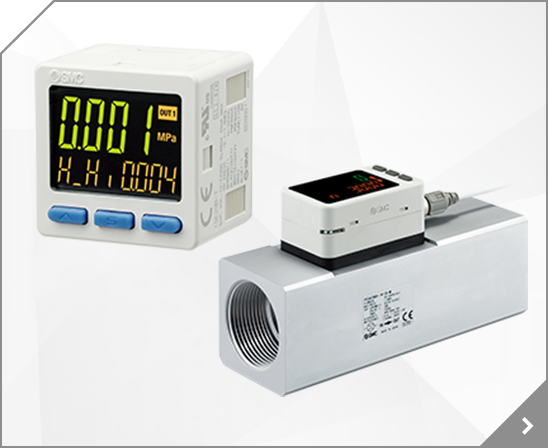
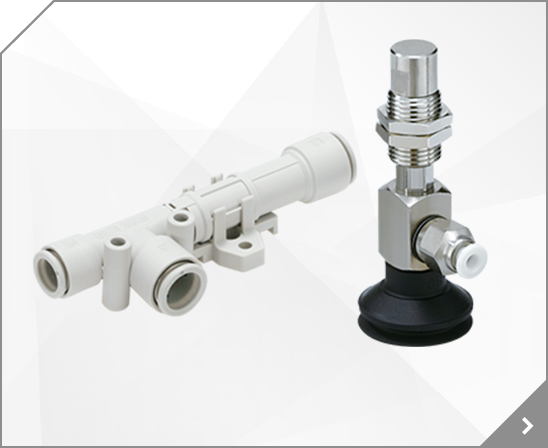

 PFxx-OMO0007CN
PFxx-OMO0007CN